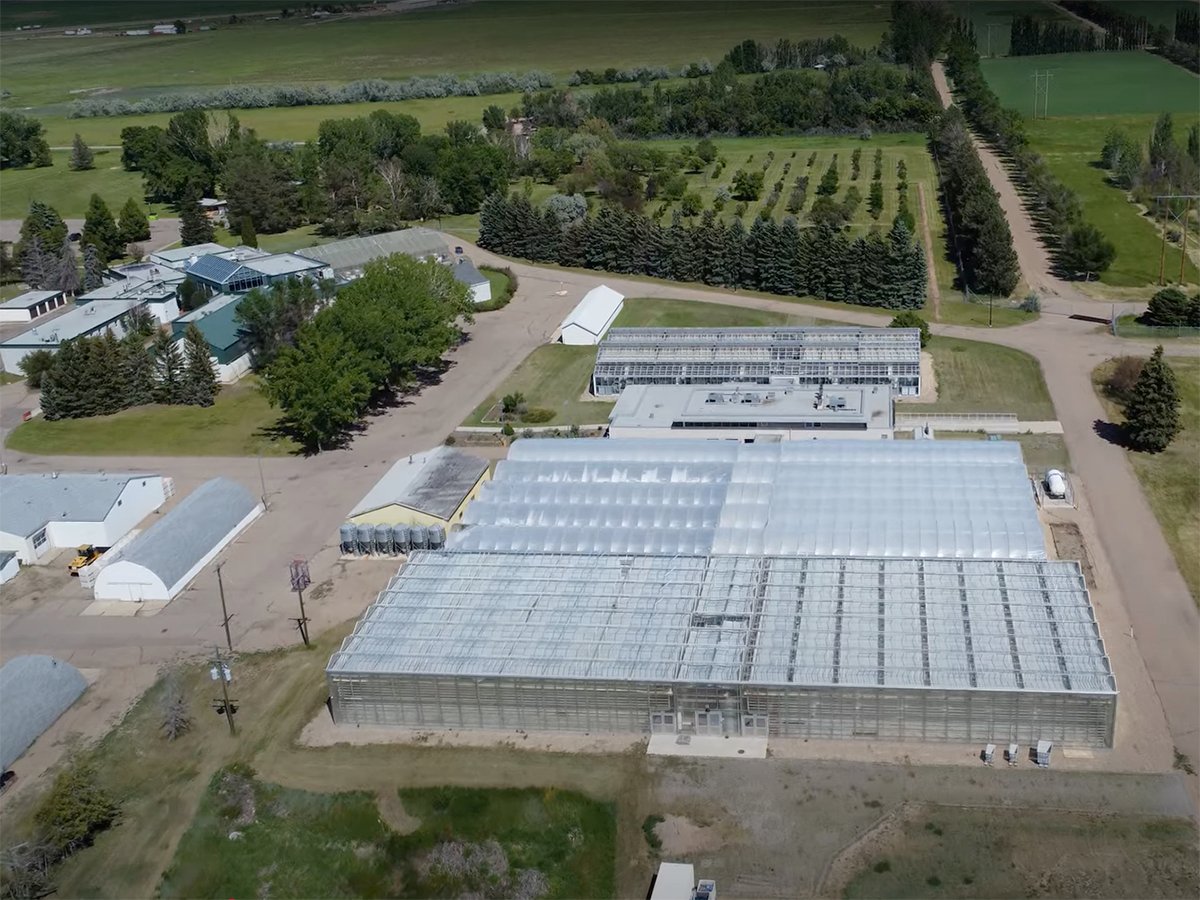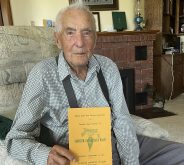Testing of about 4,000 heads from wild elk, white-tailed and mule deer
in Saskatchewan show no signs of chronic wasting disease.
The government announced the result last week.
Hunters turned in 5,300 heads in 2001. The government instituted a
sampling program after two wild mule deer shot in the Manitou Sand
Hills near Lloydminster tested positive.
Twenty-three percent of the samples could not be tested because animals
were too young, heads had been frozen and thawed, or heads were damaged.
Read Also

Alberta crop diversification centres receive funding
$5.2 million of provincial funding pumped into crop diversity research centres
“Saskatchewan’s hunters and landowners deserve a big thank you,” said
environment minister Buckley Belanger. “Their co-operation is an
essential part of a quick and thorough response to the detection of CWD
in wild deer.”
Meanwhile, a domestic herd of more than 300 elk was destroyed last week
near Prince Albert.
That is the 39th herd to be killed over the past two years.
As of Feb. 1, the Canadian Food Inspection Agency had detected 227
positive cases of CWD in Saskatchewan elk and two cases in wild deer.
About 7,800 elk have now been destroyed, along with some deer, bison
and cattle known to be grazing in the same area as infected elk.
It is not known yet if CWD was in other animals in the most recent herd
to be destroyed.
The Saskatchewan environment department will continue monitoring for
the disease in the wild for three to five years.
Results of the testing program are available on the Canadian
Co-operative Wildlife Health Centre website at
wildlife.usask.ca/cwd2001.
Some samples are listed as pending. They include animals killed on
roads.















